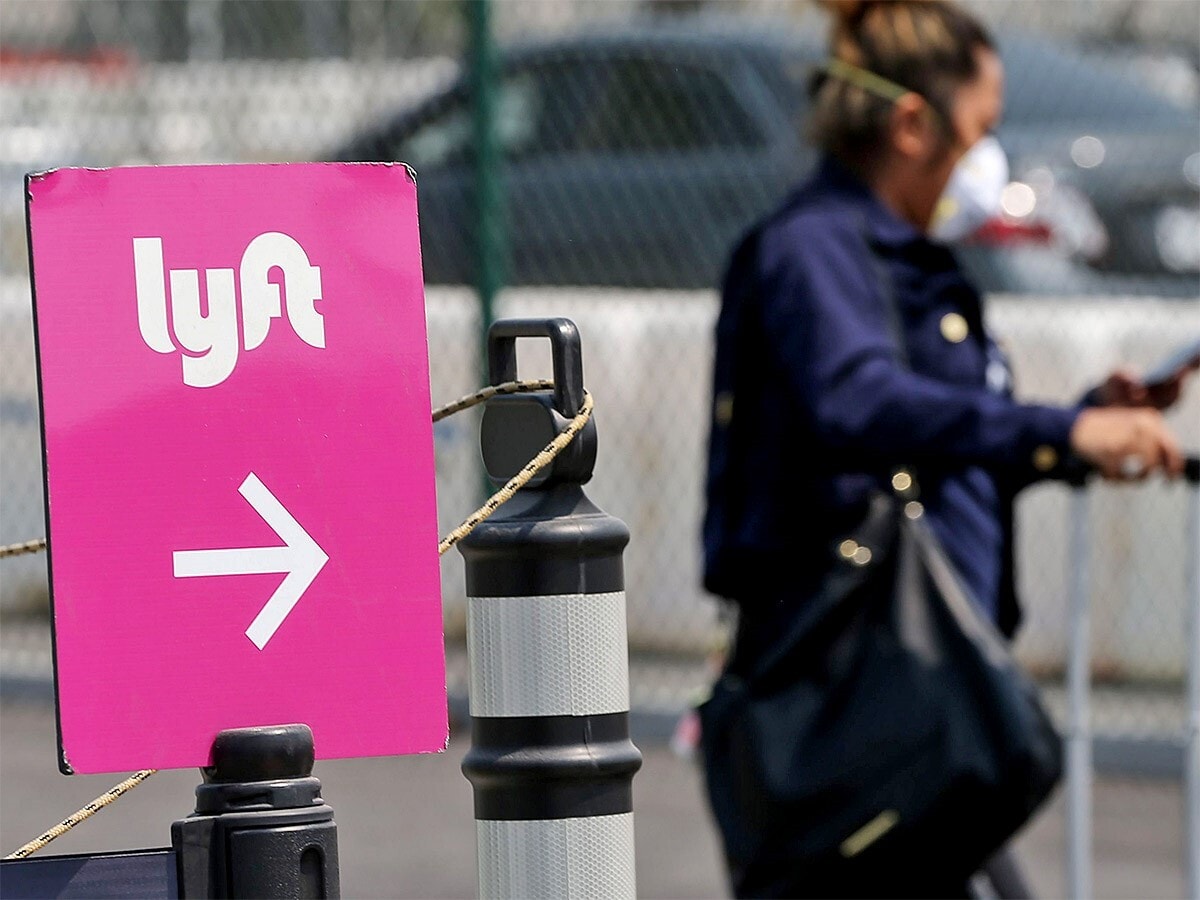Analysts are expecting Lyft [LYFT] to post a smaller year on year loss in Q3 2021 as the ride-hailing company continues to aggressively cut costs and drive up operating profitability when it reports results on Tuesday.
On the Q4 2020 earnings call in February this year, Lyft said additional cost-cutting should lead the company to make an adjusted profit by Q3 2021. It expected a rebound in ride-sharing demand to start in the second quarter.
"Lyft should be structurally more profitable coming out of the pandemic and focused on accelerating operating velocity," JP Morgan analysts said in a note reported by Reuters.
As lockdowns and stay-at-home orders saw fewer people taking taxis, ride-sharing service Lyft’s revenue was beaten down. The company reported year-over-year shrinkage between Q2 2020 and Q1 2021.
In April of last year, Lyft made the decision to lay off 982 employees — 17% of its workforce — as part of a $360m cost-cutting effort.
“Lyft should be structurally more profitable coming out of the pandemic and focused on accelerating operating velocity” - JP Morgan analysts
Analysts at Cowen and Co were also bullish on Lyft’s Q3 target. They said the company’s cost-cutting measures should help it to reach adjusted operating profitability, even if demand for rides was lower than expected.
Lyft went on to surprise by swinging to positive adjusted Earnings Before Interest Tax Depreciation and Amortization in the second quarter — although it posted a net loss.
Q2 performance EBITDA returns to the positives
In the three months to the end of June, adjusted EBITDA was $23.8m, up from losses of $280.3m in Q2 2020 and a loss of $73m reported in Q1 2021. The adjusted EBITDA margin for Q2 2021 was 3.1%, versus a Q2 2020 loss of 82.6% and a Q1 2021 loss of 12%.
Net loss was $251.9m versus a net loss of $437.1m in the year-ago quarter.
Revenue was $765m, up 125% on the $339.3m brought in in Q2 2020 and up 25% sequentially from the $609m reported in the first quarter.
Lyft CEO Logan Green said on the Q2 2021 earnings call, “We beat our outlook across every metric and we have growing momentum”
Despite reaching its adjusted EBITDA profitability milestone a quarter earlier than it had expected, the Lyft share price has been stuck in reverse over the last six months. It is down 6.6% since the start of the year and is down 17.59% and 13.96% in the last six months and month respectively.
Lyft remains cautious on revenue
The lack of bullish movement following the Q2 2021 earnings call can be attributed to Lyft issuing revenue guidance of between $850m and $860m, which was lower than the FactSet consensus of $869.1m.
Zacks forecasts Lyft’s third-quarter revenue between $841.10m and $874.50m. The consensus is $860.24m, which would represent a 72.14% year-over-year increase on the $499.74m reported in Q3 2020. Analysts are expecting EPS to be a loss of $0.03 per share from a loss of $0.90 per share a year ago.
$860.24million
Lyft's forecasted Q3 revenue - a 72.14% YoY rise
Reasons to be bullish
Another quarter of adjusted EBITDA profitability could see investors regain confidence and could see the stock earn a slew of upgrades, which should push the Lyft share price higher.
Canaccord Genuity analysts are confident about Lyft’s prospects going forward and recently reiterated a ‘buy’ rating.
Needham analysts reiterated a ‘hold’ rating, while increasing revenue and adjusted EBITDA estimates.
"Demand continues to be strong with active riders now only 20% behind pre-pandemic levels, but there is still a driver supply imbalance leading to higher consumer prices," they wrote in their note.
Disclaimer Past performance is not a reliable indicator of future results.
CMC Markets is an execution-only service provider. The material (whether or not it states any opinions) is for general information purposes only, and does not take into account your personal circumstances or objectives. Nothing in this material is (or should be considered to be) financial, investment or other advice on which reliance should be placed. No opinion given in the material constitutes a recommendation by CMC Markets or the author that any particular investment, security, transaction or investment strategy is suitable for any specific person.
The material has not been prepared in accordance with legal requirements designed to promote the independence of investment research. Although we are not specifically prevented from dealing before providing this material, we do not seek to take advantage of the material prior to its dissemination.
CMC Markets does not endorse or offer opinion on the trading strategies used by the author. Their trading strategies do not guarantee any return and CMC Markets shall not be held responsible for any loss that you may incur, either directly or indirectly, arising from any investment based on any information contained herein.
*Tax treatment depends on individual circumstances and can change or may differ in a jurisdiction other than the UK.
Continue reading for FREE
- Includes free newsletter updates, unsubscribe anytime. Privacy policy





